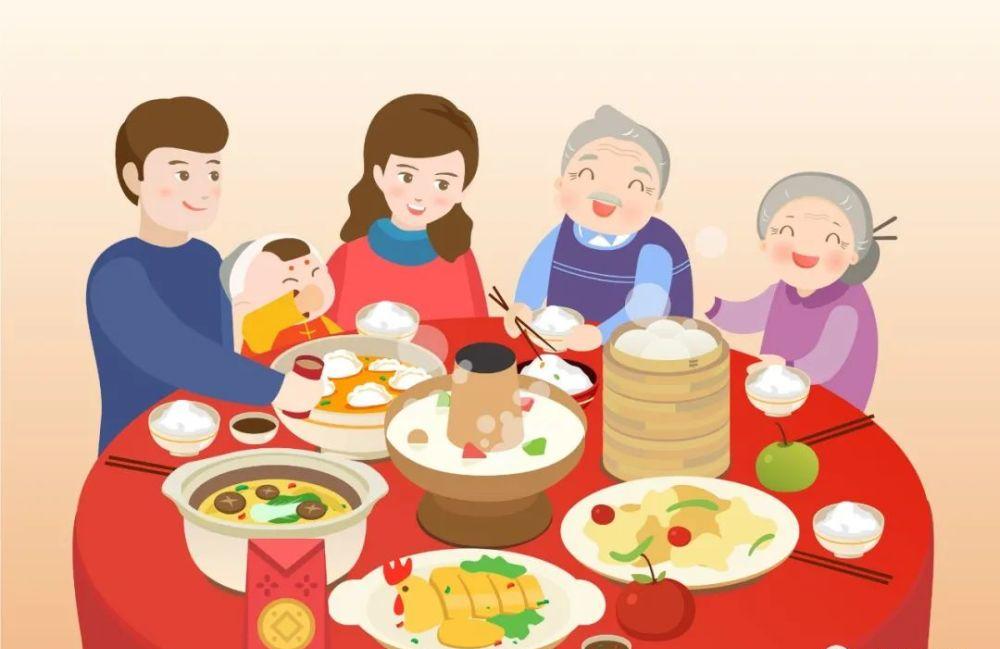Friends and relatives sat around the table, happily shabu-shabu, and suddenly someone said, eat less red meat, eat more, it is not good for the body. If the people here are all popular science enthusiasts, they may follow the topic, have a heated discussion, and exchange health experiences with each other. If not, you will fall into an embarrassing scene. Why? Everyone eats meat at the same table, why should they engage in discrimination? Red meat and white meat, are both meat, eat it, the digestive process is the same, what is the relationship with health? Some people even say that red meat is a carcinogen? Is this nonsense? Let's combine the latest scientific research conclusions now to solve your doubts.

Let's first introduce the relevant concepts. Red meat, is a nutritional term, refers to the meat that appears red before cooking, so the meat from 4-legged mammals, whether wild or raised, belongs to red meat, such as pork, beef, lamb, rabbit meat, etc. These meats are red because they contain more chronic muscle fibers, myoglobin, and hemoglobin. Birds from 2 legs, such as chickens, ducks, and fish without legs, lack myoglobin and have lighter flesh and are white meat. Judging from the composition of the meat, the content of saturated fat in red meat is higher. In addition, it is true that red meat and processed meat, in 2015, were also included in the List of Class 2A carcinogens by the International Center for Research on Cancer. However, it must be emphasized that any substance that may cause cancer should not only look at the variety, but also emphasize the intake, and also pay attention to the cooking method. For example, if you consume no more than 500 grams of red meat per week, you will not increase the risk of bowel cancer. Avoiding frying at high temperatures by steaming or boiling can also reduce the associated risks.
Red meat is despised by doctors, mainly because relevant studies have confirmed that eating too much red meat and consuming too much saturated fat increases the risk of cardiovascular disease. Recently, the Cleveland Institute team published a paper in the Molecular Biology fascicle of the Nature series, detailing the findings of more than a decade and revealing the mechanisms underlying the increased risk of cardiovascular disease caused by red meat. Studies have shown that when gut bacteria digest nutrients rich in red meat, they produce a byproduct called trimethylamine N oxide, referred to as TMAO, a process that increases the risk of heart disease and stroke.
The research team found that after people eat red meat, the nutritional carnitine in it will be transformed into molecules that promote atherosclerosis and blood clot formation under the action of intestinal microorganisms, TMAO, and the intermediate product is the butyl betaine gamma BB molecule. A variety of gut microbes can convert carnitine to gamma BB, however, it is more difficult to convert carnitine to a precursor to TMAO. People who have long adhered to vegetarian diets lack related microorganisms and have little ability to convert carnitine into TMAO. Conversely, in the gut of omnivores, there are many microorganisms that can promote the conversion of gammaBB to TMAO.
After figuring out the mechanism, the research team collected more than 3,000 samples and health data, and found that those with higher plasma gamma BB levels had an increased risk of heart attack and stroke. Through gene sequencing, it was found that the 4 genes in the gut microbiome were the key factors in TMAO transformation, and the abundance of these genes was significantly related to red meat intake and plasma TMAO levels. Therefore, these genes are potential therapeutic targets. The popular explanation is that in the future, it is possible to take medicine first, then eat meat, eat meat hard, and the heart is fine. However, before the drug is studied, people who love meat need to continue to be patient for the sake of health.
After red meat was included in the list of possible carcinogens, there were more studies. Meta-analyses of multiple studies have shown that consuming large amounts of red and processed meat increases the risk of colorectal cancer, and vegetarian or smaller meat intake reduces the risk of colorectal cancer. In 2018, a paper by a British scholar was published in the International Journal of Cancer Research. The study, which involved 32,147 women ages 35 to 69, showed that those who consumed more than 50 grams of red meat per day and those who consumed more than 20 grams of processed meat had an increased risk of developing colorectal cancer.
People who love meat may be sad and feel that a life without meat will lose a lot of meaning. Here, it must be emphasized again that correlation is not inevitable, red meat can be eaten, but intake should be limited. Because eating meat in moderation is an important part of a healthy and balanced diet, meat can provide high-quality protein and micronutrients. Dietary guidelines recommend that the daily intake of red meat should not exceed 50 grams, and at the same time, the intake of processed meat needs to be strictly controlled, because processed meat contains cyclic aromatic hydrocarbons, which, when heated, will form heterocyclic amines, which can cause DNA damage and deformities and induce cancer. Can't help it, just want to eat meat? Well, then eat chicken online and eat chicken offline.
Whoever loves, pass on health to whom.
Your health, my concern. Professionals observe health from a scientific and humanistic perspective, including a series of express reports, details, reminders, doubts, observations, opinions, historical stories, etc., with the content of the original works of the author Wei Hongling and the team. All forms of misappropriation and reproduction without permission will be refused, otherwise they will be prosecuted in accordance with relevant laws.